Comparing travel insurance plans really isn’t much fun. Who wants to go through policy pages with endless terms and conditions?
And yet… getting a travel insurance plan is essential to having peace of mind when you travel. And knowing what’s in your policy is key.
To save you time, I’ve taken a closer look at several popular travel insurance providers, two of which I have also used myself.
Before you scroll forth, keep in mind that the prices mentioned below are only examples from the time that I queried these policies. The exact price of a policy may depend on your home country, age, or travel destinations. I selected a trip of 30 days, but travel insurance can be for any trip length.
Heymondo review
Example cost: €114 or $123 for 30 days (premium plan)
Underwriter: AXA
Trustpilot rating: 4.5 stars
Heymondo is the insurance provider I’ve been using myself for 3 years now.
I find that they offer clear policies without any deductibles, a streamlined app where you can manage your policy or submit requests, and they’re a bit more affordable than other options I’ve considered.
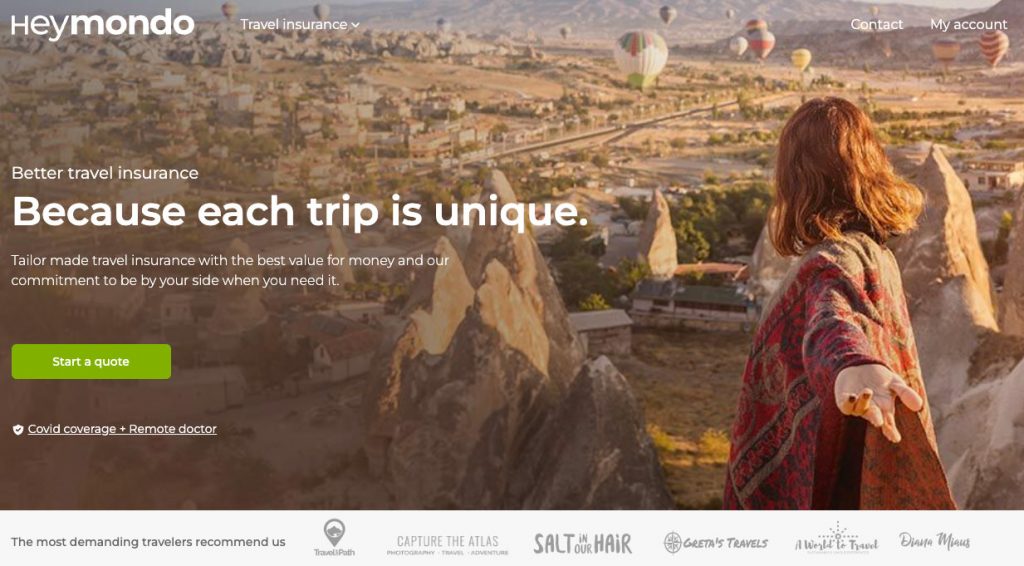
They’re also a bit more digitally savvy than other insurers I’ve used, offering communication through an app and even through WhatsApp. Whenever I needed to know something their customer service responded quickly.
While covid-19 is no longer a major factor, it’s worth noting that Heymondo kept insuring for covid-19 related issues during the pandemic, whereas many other insurers would not cover it.
Not heard of Heymondo yet? They’ve been around since 2016 and they’re backed by AXA, the world’s second-largest insurance company.
|
Value for money |
|
|
Easy to use app |
|
|
No copayments, deductibles, or excess |
|
|
Tailored policies |
|
|
Could have more activities covered by default |
Useful Tip 1: Heymondo Premium costs only 15-20% more than the Top and Medical policies but the coverage is a lot more extensive, so it’s worth comparing these plans to see which one offers the best value for you.
Useful Tip: 2: If you travel a lot, consider the Heymondo Annual Multi-Trip package. It covers you year-round for trips up to 60 days. If you do many trips not longer than 2 months, then it can be much cheaper to get the annual insurance than insuring them one by one. If your trip is longer than 60 days, you can look at Heymondo Long Stay Insurance.
SafetyWing review
Example cost: $43 for 30 days
(for ages under 40; cost rises with age)
Underwriter: Tokio Marine
Trustpilot rating: 4.4 stars
SafetyWing is mainly targeted at digital nomads needing ongoing insurance, though they can also be an interesting option for backpackers and long-term travelers.
The policies by SafetyWing are generally cheaper than typical travel insurance policies (especially if you’re young as the cost scales with age) but they are also more limited in several respects. This doesn’t mean SafetyWing is worse or better, it just means it’s specialized in a different way towards digital nomads or similar types of travelers.
|
Subscription-based insurance for nomads |
|
|
Home country coverage |
|
|
Cheaper if you’re young |
|
|
Deductibles & lower maximums |
SafetyWing is a great option, though the trade-off is that you’ll be accepting some lower coverage (compared to other insurers mentioned here) in return for lower costs. Considering the $250 deductible, you can think of SafetyWing as being more focused on big unexpected expenses or situations, and less on covering small issues you can pay for yourself.
If you’re looking for travel insurance on a budget, or for travel insurance that works well if you’re traveling continuously, then SafetyWing is definitely worth considering.
Insured Nomads review
Example cost: $92.30 for 30 days ($500 deductible, age 40)
$123.60 for 30 days ($0 deductible, age 40)
Underwriter: HDI (Hannover Specialty)
Trustpilot rating: 4.3 stars
I haven’t yet had any personal experience with Insured Nomads, but I think it’s useful to mention them as they have some different characteristics from the insurers mentioned above. Most importantly, they will cover older travellers that insurers such as Heymondo will exclude.
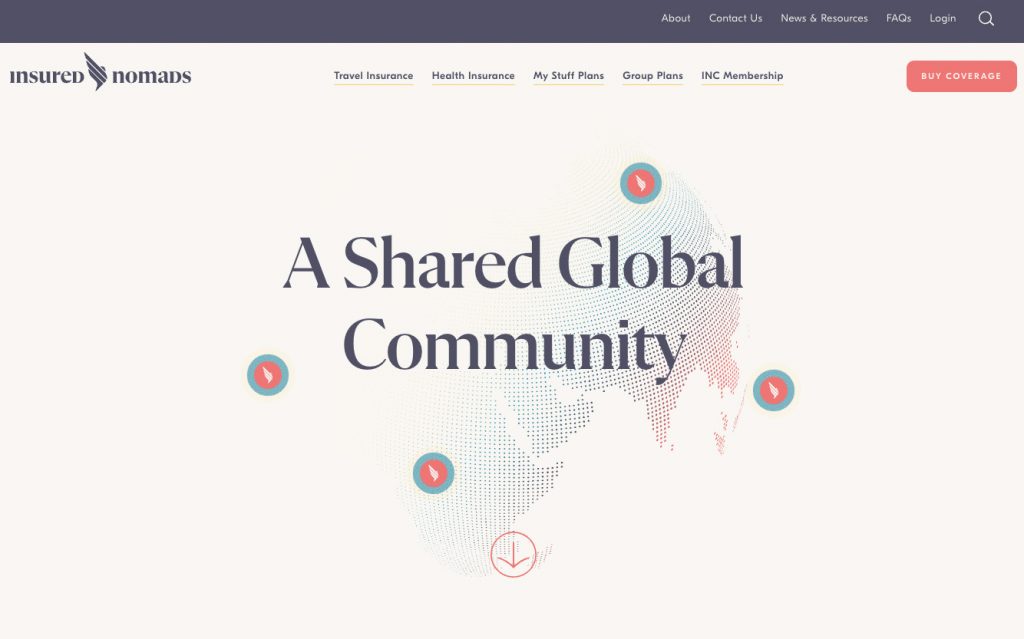
The key difference in their offering is that Insured Nomads supports insuring older travelers (e.g. 65 or 70+). An issue faced by older travelers is that many others exclude them from their policies, but not Insured Nomads. Older travelers do need to pay extra — and it can be quite significantly so based on the specific age — but they do have the option.
Insured Nomads also lets you choose the level of your deductible. In other words, the amount you will pay before they will start to pay. Options range from $0 to $500 and a higher deductible will result in a lower policy price. Their quote form will show the details.
|
No age limit for travelers |
|
|
Choose your own deductible (excess) |
|
|
Several additional benefits |
|
|
Support for incidental trips home |
|
|
Adventure sports are not included by default |
A note about insurance reviews
I’ve briefly summarized the pros and cons of these travel insurers here, but you should always read the fine print and understand what your insurance does and doesn’t cover.
Something to keep in mind regarding customer reviews of travel insurance is that they are complicated by two things:
- The true quality of an insurer only becomes clear when you need to make a claim, which (fortunately) doesn’t happen often, and…
- Reviews often have a negative bias because many people simply don’t read their policies
This last point is pretty important! I’ve had people reach out through DMs or email a couple of times with concerns after a claim was rejected. What turns out to be usually the case is that they simply had the wrong expectations regarding coverage.
For example, the term “valuables” in a policy may be quite narrowly defined and exclude certain items such as laptops. That’s maybe not what you’d expect if you quickly skim a document and see the word “valuables”. Legal definitions can be different from what your common sense might tell you. I’ve seen reputable insurers being labelled a ‘scam’ in travel forums based on such misunderstandings.
That’s why it’s definitely a good idea to look carefully at what the insurer actually is and isn’t obligated to cover. Of course, if there are indications an insurer is shirking their responsibilities, I will stop referring to them!
Tips for using travel insurance
Keep in mind that travel insurance policies are intended for emergency medical coverage abroad, so they don’t cover preexisting conditions and they (normally) don’t cover medical issues at home. Only SafetyWing offers a rare exception on this as detailed above.
When it comes to theft coverage, know that you’ll need proper documentation to make any claim, which often includes a police report. You typically can’t claim anything for situations where you left your belongings unguarded or unlocked (i.e. where it was your fault).
Check if your policy includes coverage for electronics, as this is sometimes a separate add-on. Coverage for accidents during extreme sports (e.g. snowboarding) may be a separate add-on as well.
All three insurers featured here will let you buy insurance while you’re already traveling, or extend/renew a policy while you’re on the road.
The links in this post are affiliate links, which may give me a small commission, though I set out to give an objective review based on own use, research, and word from the travel community.
Some links may be affiliate links, meaning I may earn commission from products or services I recommend. For more, see site policies.
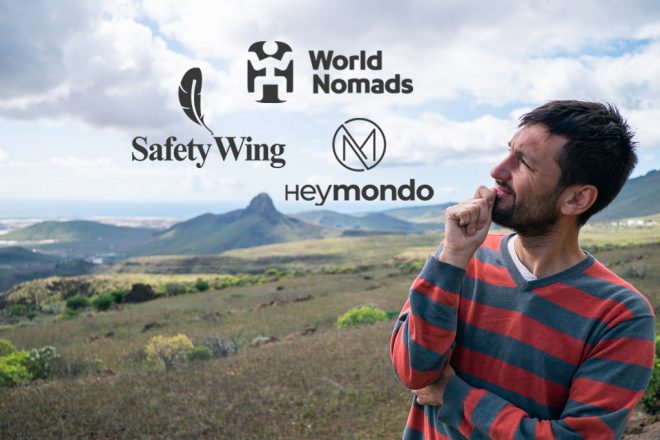
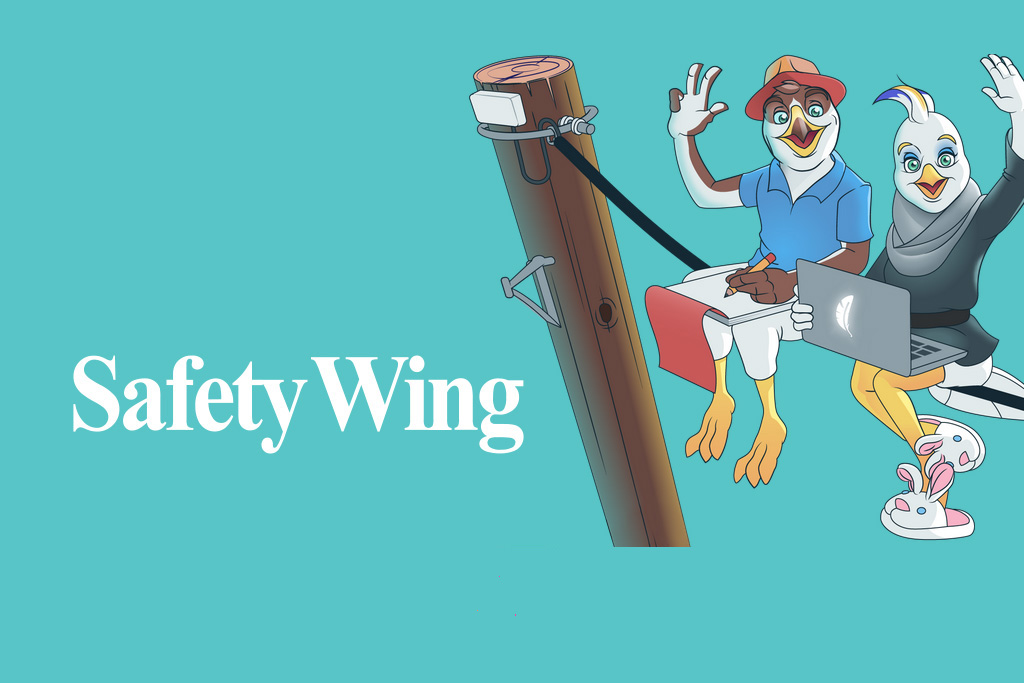

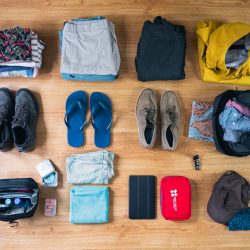




My flight was canceled by my airline and my trip was interrupted. I submitted all the paperwork requested by Heymondo as Cancellation & Interruption was included in the policy covered for $3,500. I submitted all my Hotels receipts to be covered. They denied my coverage as they said Flight cancellation by the Airline is Not covered. Isn’t that the point of Cancellation and Interruption coverage? Do not use them! It’s a scam.
Your policy likely has specific reasons provided for trip cancellation coverage and doesn’t cover every type of cancelled trip. I don’t know your policy so there’s a possibility you’re right, but my own Heymondo policy states it’s limited to situations like death/illness or negative travel advisories for the destination (made after booking), but not if the airline cancels a flight. I imagine it’s an upsetting situation, though it’s always key to read the fine print to avoid any disappointment. When in doubt it’s also useful to call/text the insurer to confirm if something is covered.
I am having a very bad experience with Heymondo. I have over 3 months waitting for them to have my money refund for a medical emergency during my travel, even when they said they will proceed to pay, 3 months later I am still waiting. I sent emails to them without any comment or answer. I DONT RECOMEND HEYMONDO, it was very easy to get a quote and purchase it (ofcourse it was going to be easy) but now that I making a claim tiene is not answer.
Hi Maribel, sorry to hear you’ve had a negative experience. This is the first time I’ve heard of issues, but I’ve sent a message to my contact at Heymondo to see what’s up.
It seems this relates to an international money transfer that was rejected by your bank (due to a missing or incorrect detail). Hopefully you’ll find the matter resolved soon.
Thank you. Have you had claims experience or heard from others about the ease of making claims? Travelers over 69 have a tough time getting insurance it seems.